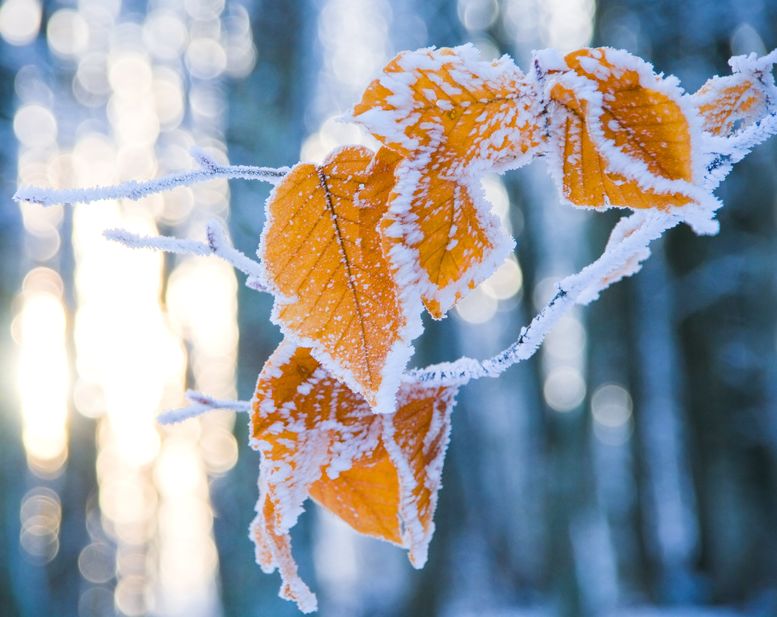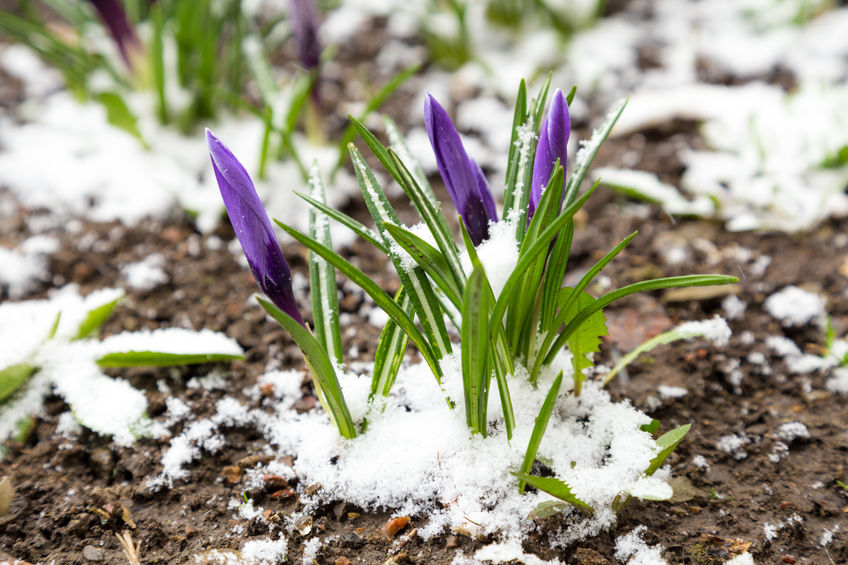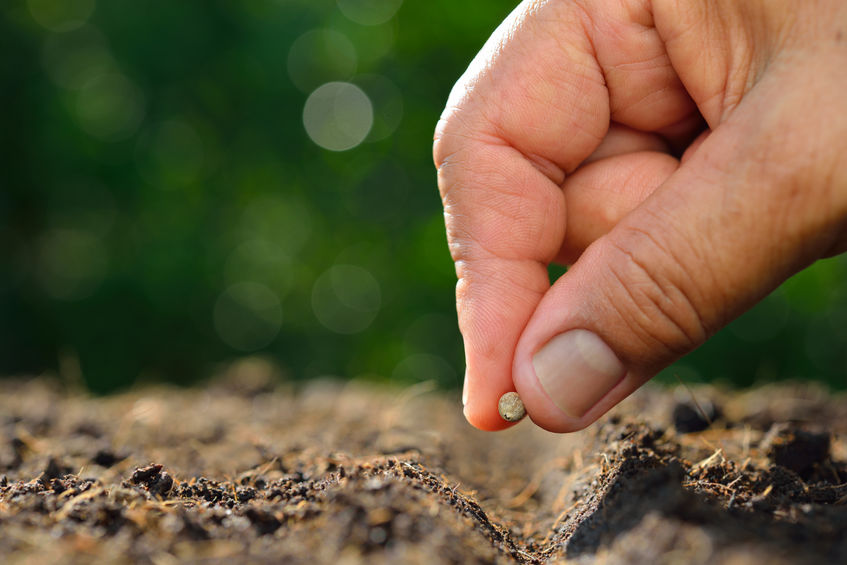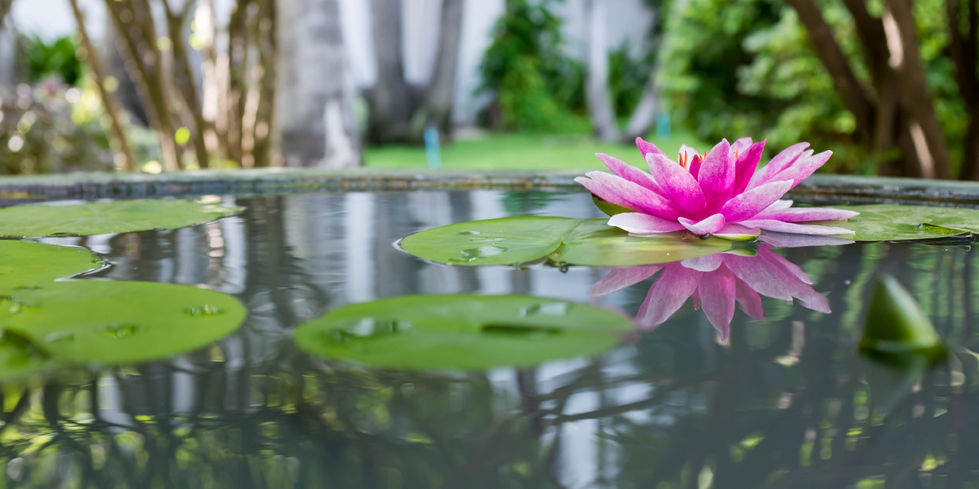Blog - Preserve Your Hard Work: Tips on Winterizing Your Garden

Preserve Your Hard Work: Tips on Winterizing Your Garden
As we gear up for the festive holiday season, our focus tends to steer away from outdoor gardening activities. After all, we’ve enjoyed the fruits of our labor during the warm spring and summer months, so it’s only natural that with the onset of colder weather, we gravitate toward more indoor activities.
With that said, it is still essential to take care of your garden, even during the colder winter months. The biggest threat to any plant life is the threat of cold weather, specifically frost. Once frost sets in, it causes the water in the plant cells to freeze and damage the cell wall. When the soil becomes frozen, even the toughest plants are in danger of dying. Roots are unable to absorb water, and plants die from dehydration or lack of moisture.
The best cure is care and prevention, so we’ve outlined several important tips for maintaining the beauty and productivity of your garden for the upcoming winter months — and to make spring gardening a breeze!
Tips on Wintering Your Garden
1. Cleaning and Maintenance: From fallen fruit to leaves, you don’t want a mess in your garden! Remove any fallen fruit or dead flowers. Fall leaves are actually an excellent source for compost or mulch; store them in garbage bags or in a compost bin. And don’t forget those weeds! Remove them by hand or treat with an herbicide.
2. Protect and Preserve: Protecting your most prized assets is critical during these colder months. For your evergreens in pots, protect them by placing them against a wall and covering them with mulch or leaves, and keep them watered. Also, be sure to wrap your tree trunks; they are susceptible to breaking at night when sap freezes. If you do have delicate plants, make sure they are planted in a protected area, such as under large trees and bushes or against walls. This will give them some heat and shelter during the cold.
If you have old growth from your plants, leave them as is unpruned over the winter months. This will protect a plant’s aboveground parts (which is known as the crown) from any frost. If they are pruned in the autumn, the new growth might be damaged by the dreaded frost.
If you have bulbs, crocuses, and herbaceous plants, these should be covered with thick mulch, straw, or even old leaves, as this will help keep the soil from freezing. Adding about 1-2 inches of finished compost or mulch will help protect soil and prevent weeds from growing. Protect your most precious shrubs with wire-mesh screening to prevent tinkering from any pests.
3. Test Your Soil: There is no better time to get your soil tested. A good test will reveal the health and fertility of your soil, and check for things such as soil pH, level of organic matter, lead content, and levels of certain nutrients such as potassium, calcium, and magnesium. Simple soil tests can be purchased at a garden center. The ideal pH level for most plants is anywhere between 6.0 – 6.5.
4. Caring for Water Features: These are always delicate areas. Small water areas can freeze during winter, which will ruin any pumps or pots. If you have a pond, remove any leaves and drain the water by about 25-50 percent. Also be sure to add a bacterial additive to the water. Turn off any irrigation systems; you’ll also want to wrap any pipes or valves that are above the ground with insulator tape to protect them from the elements.
5. Reinvigorate Plants and Sow New Ones: Be sure to choose plants that do well in the area that you live. Sedums and peonies are great choices, as they can withstand harsh winters. Avoid using high-nitrogen fertilizers because they make lots of leafy growth and that is very susceptible to damage.
There is no better time to divide those spring and summer perennials. Break them up into groups with a sharp spade, then replant them in separate holes. This is also a great time to expand your vegetable garden and sow new crops such as spinach or lettuce, or cool-season flowers such as chrysanthemums. These do very well in cool temps and stand up well against frost.
Be sure to plan ahead. If you know of a frost pocket in your garden…do not plant there!
Those of you who have gardens know how vital they are to our environment and our well-being. As Audrey Hepburn once said, “To plant a garden is to believe in tomorrow.”
No Description



Leave a Comment
You must be logged in to post a comment.